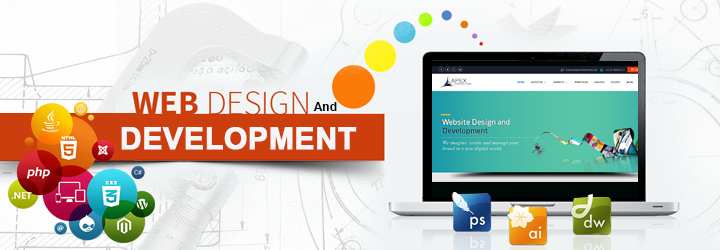
As the mortgage industry continues to evolve, digital mortgage platforms are reshaping how loans are originated, processed, and closed. With technological advancements, these platforms have streamlined the traditionally slow and paper-heavy mortgage process, allowing for faster loan approvals, better customer experiences, and reduced operational costs. Here’s how digital mortgage platforms are revolutionizing the lending industry.
The Traditional Mortgage Process vs. Digital Mortgage Platforms
Traditionally, the mortgage process has been complex and time-consuming. It involved numerous steps, from document collection to underwriting, all spread across different systems, leading to inefficiencies, miscommunications, and long wait times. This fragmented approach often left borrowers in the dark, unsure about where their application stood or what steps were left.
Enter digital mortgage platforms, which offer an end-to-end solution, integrating everything from loan origination to closing into one seamless system. These platforms provide a unified interface that borrowers, lenders, and third-party vendors can access, simplifying the entire process and reducing the chances of error.
Benefits of Digital Mortgage Platforms for Borrowers
- Faster Application Processing: One of the most significant advantages of digital mortgage platforms is the speed with which applications are processed. Borrowers can apply for loans, upload documents, and track their progress in real-time. With fewer manual steps and automated checks, lenders can quickly assess applications, which reduces wait times and improves the borrower’s experience.
- Transparency and Communication: Digital mortgage platforms enhance communication by providing a transparent view of the loan process. Borrowers can see exactly where their application stands, what documents are missing, and what steps are next. This transparency helps eliminate the uncertainty and frustration that often come with traditional mortgage processes.
- Simplified Document Collection: The platform also simplifies document collection by allowing borrowers to upload documents directly into the system. Advanced features like AI-driven document recognition make it even easier by automatically extracting key data, eliminating the need for time-consuming manual entry and reducing errors.
How Digital Mortgage Platforms Benefit Lenders
- Improved Operational Efficiency: For lenders, digital mortgage platforms automate key processes, including document verification, underwriting, and compliance checks. This allows lenders to reduce operational costs, close loans faster, and increase their capacity to handle more applications without adding headcount.
- Better Compliance and Risk Management: Mortgage compliance is a complex and ever-changing landscape, but digital mortgage platforms help lenders stay ahead. These platforms come equipped with built-in compliance features that automatically verify whether a loan meets regulatory requirements, reducing the risk of errors and improving overall compliance.
- Scalability and Flexibility: A key advantage of digital mortgage platforms is scalability. As mortgage lenders grow, their systems can scale to accommodate more loans and users. Whether it’s adding more loan officers or expanding the platform’s capabilities, these systems are flexible enough to grow with the business.
The Competitive Edge in a Digital World
With the increasing demand for digital experiences across all industries, digital mortgage platforms give lenders a competitive edge by providing a faster, more efficient, and customer-friendly loan process. As the market becomes more digital-first, lenders who adopt these platforms can meet the evolving expectations of modern borrowers while reducing operational costs and improving profitability.
In an industry that has traditionally been slow to adapt to technological changes, digital mortgage platforms represent a crucial shift. Lenders that embrace these platforms not only improve the loan process for their customers but also position themselves to thrive in an increasingly competitive market.
The Future of Mortgage Lending
The future of mortgage lending is undoubtedly digital. As more lenders adopt digital mortgage platforms, we can expect to see a shift away from outdated processes, long loan times, and poor customer experiences. By leveraging the power of technology, the mortgage industry is entering a new era of efficiency, transparency, and customer satisfaction.
The next wave of mortgage lenders will be defined by how well they adapt to this digital revolution. Those who invest in digital mortgage platforms today will have a significant advantage in the competitive mortgage landscape of tomorrow.


